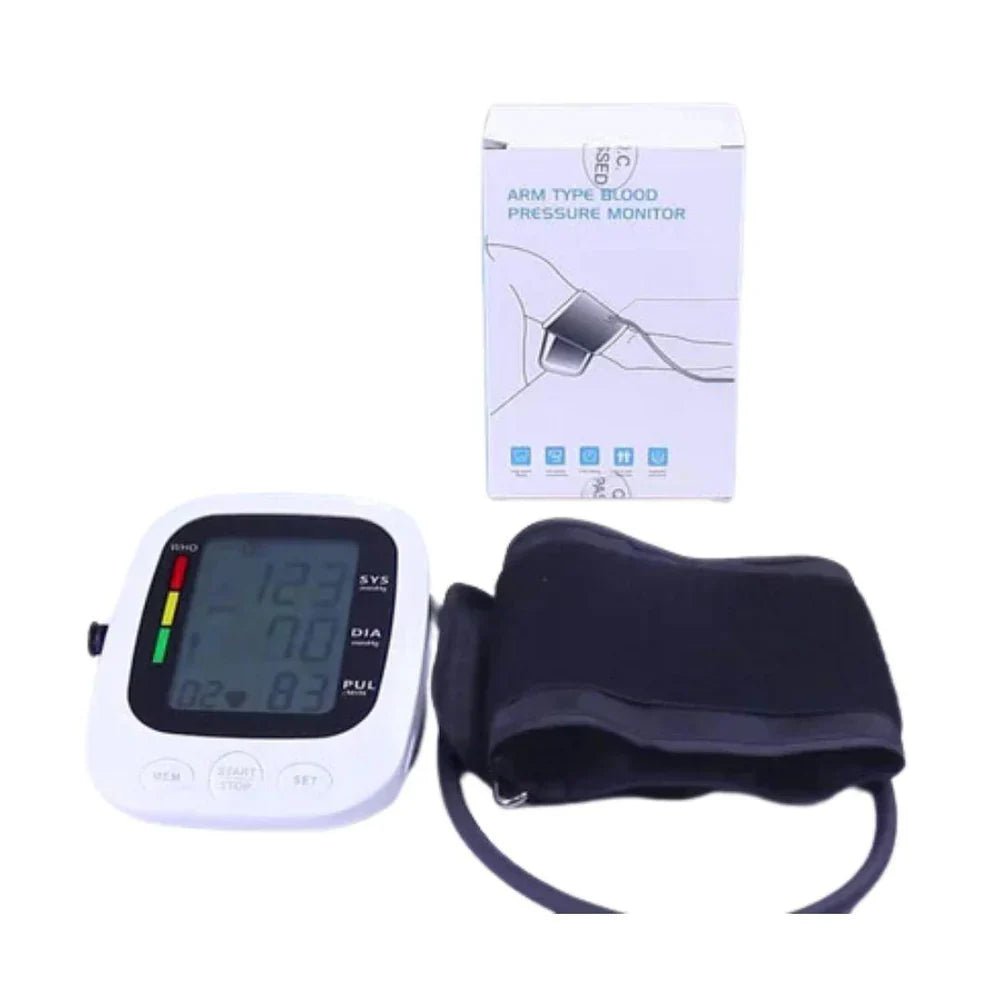Whether you're managing hypertension or just being proactive, keeping tabs on your blood pressure at home is a smart move. But knowing how and when to use your monitor makes all the difference. In this blog, we’ll answer questions people often ask—from how to lower blood pressure naturally to the best time of day to take readings.
What Is a Normal Blood Pressure Reading?
A healthy blood pressure reading is usually around 120/80 mmHg. The first number (systolic) measures pressure during a heartbeat. The second (diastolic) measures it between beats.
Here’s a quick breakdown:
-
Normal: Less than 120/80
-
Elevated: 120-129/<80
-
Stage 1 Hypertension: 130-139/80-89
-
Stage 2 Hypertension: 140+/90+
-
Crisis: 180+/120+ (Seek emergency care)
What Is Considered Low Blood Pressure?
Low blood pressure, or hypotension, is typically under 90/60 mmHg. For some people, that’s perfectly normal, especially if they’re young and healthy. But symptoms like dizziness, fainting, or fatigue can signal that something’s off.
If you’re experiencing symptoms, talk to a healthcare provider to rule out underlying causes.
What Is a Normal Blood Pressure in the UK?
In the UK, the NHS considers a normal reading similar to global standards—around 120/80 mmHg. However, for older adults, a slightly higher reading might still be acceptable based on their overall health.
When Is the Best Time to Take Blood Pressure at Night?
Timing can impact your results. Many experts recommend taking your blood pressure twice daily—once in the morning (before coffee or medications), and once at night.
If you’re monitoring nighttime readings specifically, aim for before bed, around the same time every evening. Avoid caffeine, alcohol, or exercise for at least 30 minutes before.
Can You Check Your Blood Pressure Too Much?
Yes—checking obsessively can lead to anxiety and skewed results. Unless directed otherwise by your doctor, stick to twice a day. Taking multiple readings in one sitting is okay—just wait 1-2 minutes between each and average them out.
Consistency is more important than frequency.
How Do You Naturally Lower Blood Pressure?
You don’t always need medication to make a difference. Here are some natural ways to lower blood pressure:
-
Cut back on salt – Aim for less than 1,500 mg/day.
-
Stay active – Even 30 minutes of brisk walking can help.
-
Eat heart-healthy foods – Leafy greens, berries, oats, and fish.
-
Manage stress – Try meditation or deep breathing exercises.
-
Quit smoking – It instantly reduces your heart risk.
-
Limit alcohol – No more than one drink a day for women, two for men.
These lifestyle tweaks can gradually lower your numbers and improve your overall health.
Conclusion
Managing blood pressure at home isn’t just about owning a monitor—it’s about using it smartly. Know your numbers, track them consistently, and combine your efforts with a healthy lifestyle. By doing so, you take control of your heart health every single day—right from your living room.

